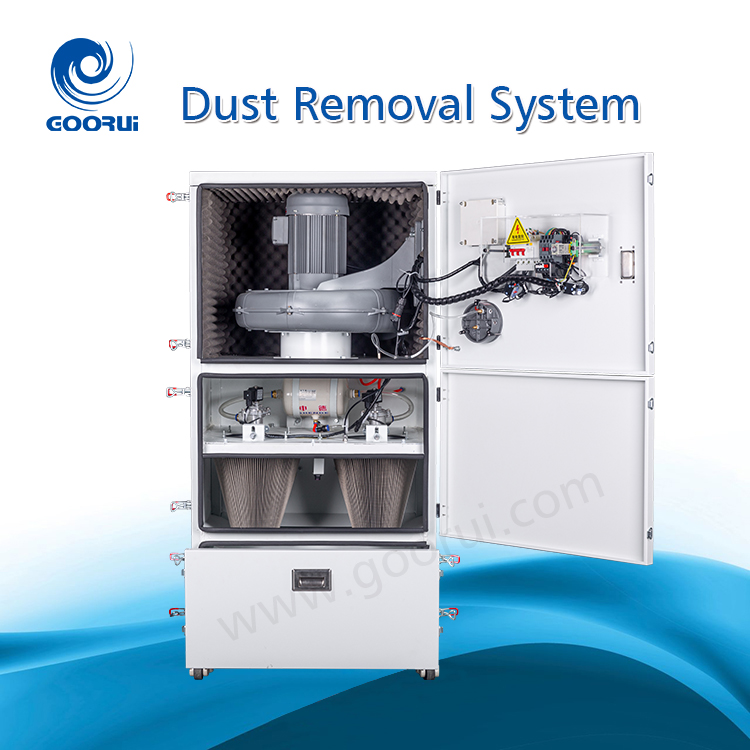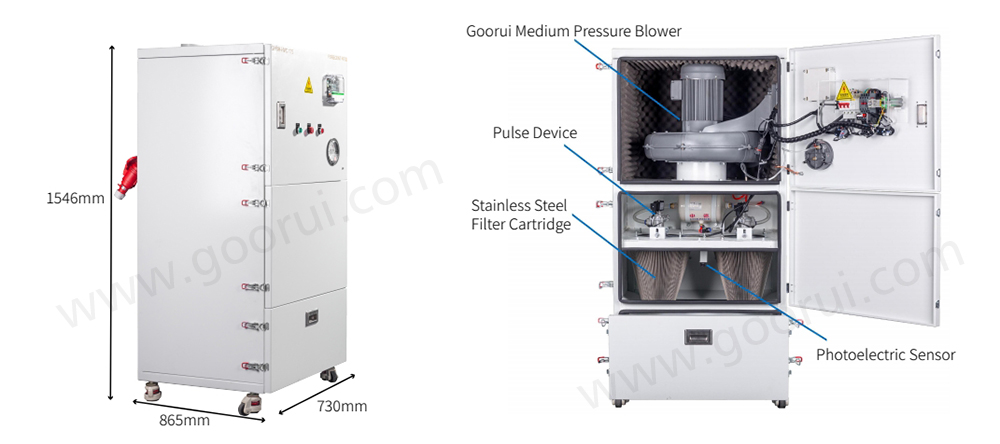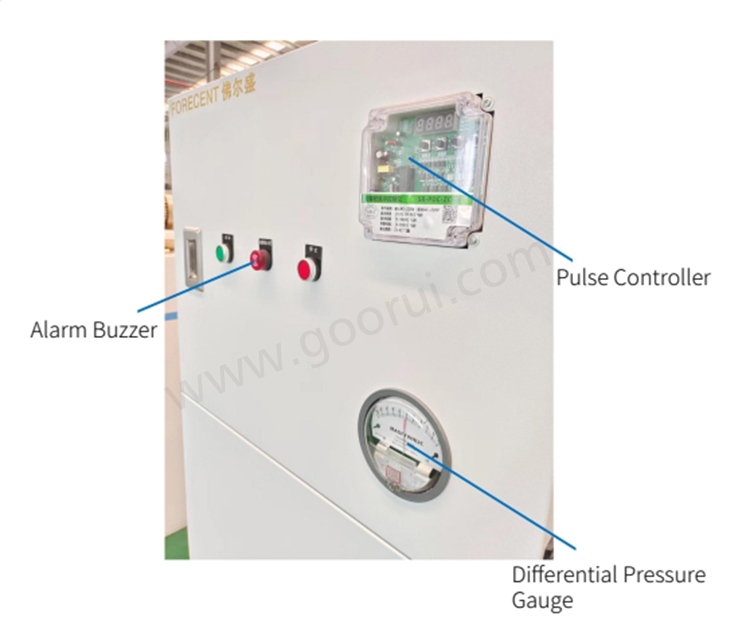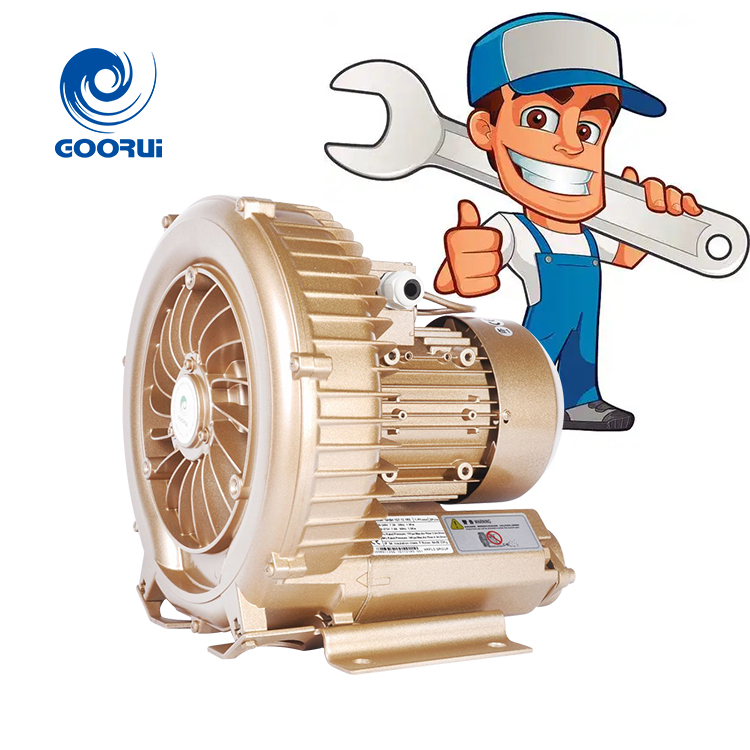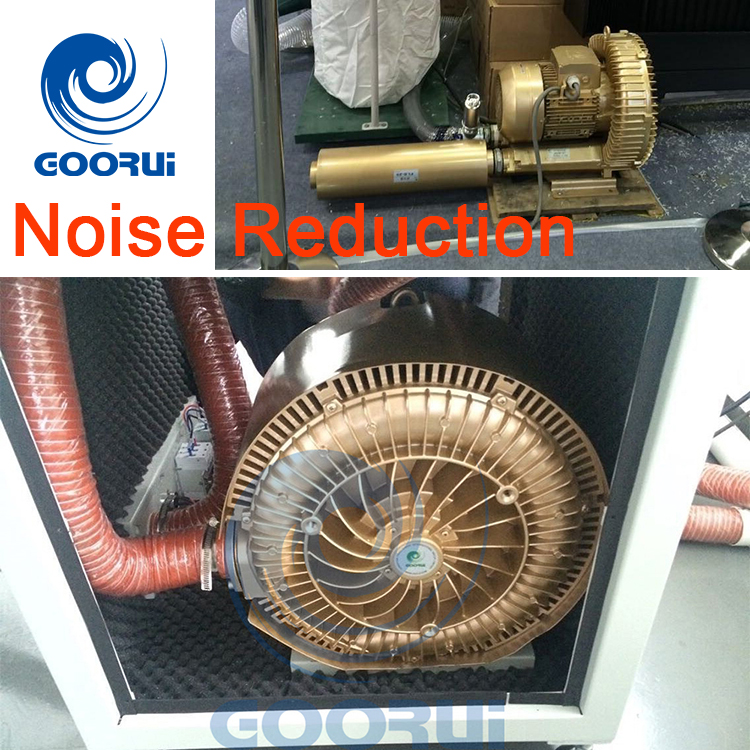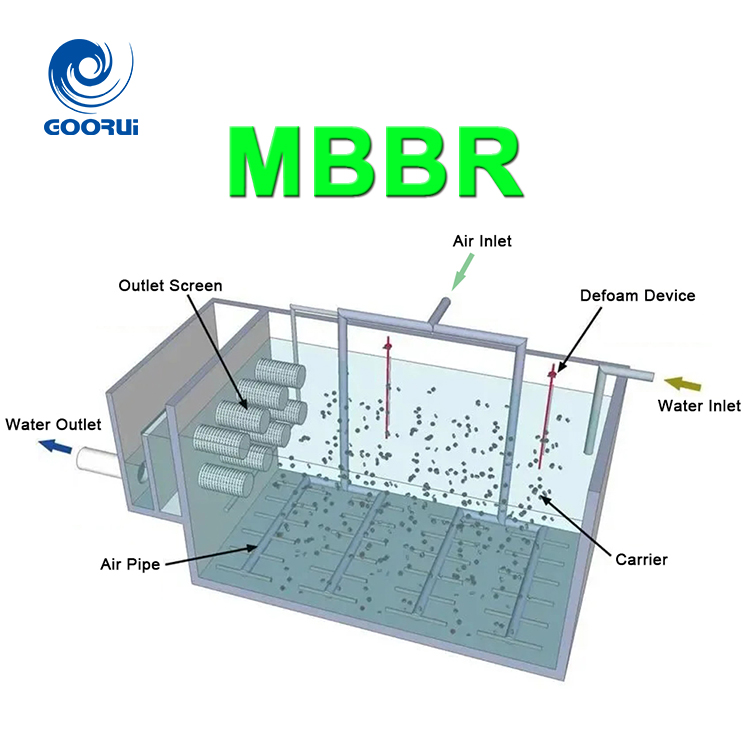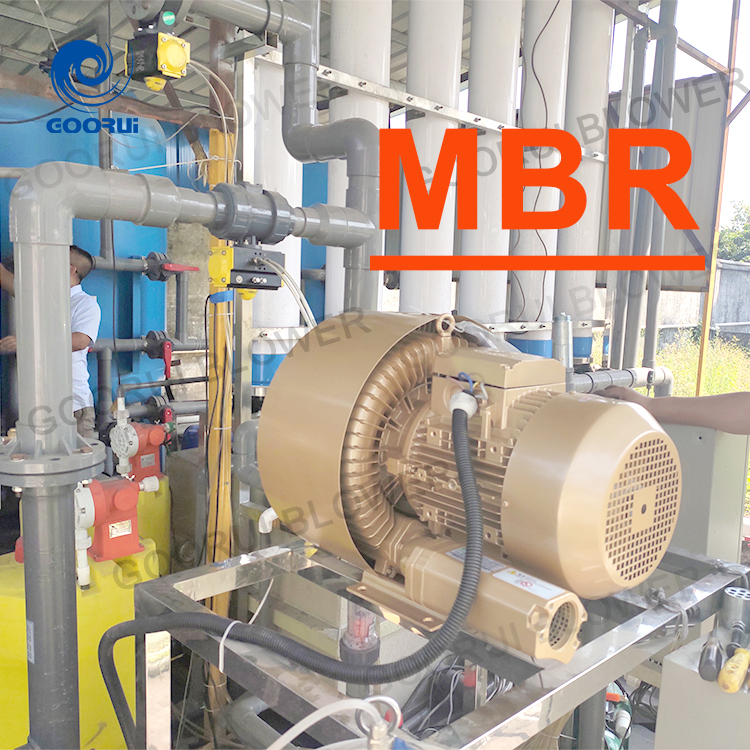In the polishing and surface treatment processes within the automotive industry, a considerable amount of particulate dust is generated, which not only pose health hazards to individuals but also significantly impact surface quality. Therefore, employing a high-negative-pressure dust removal system in conjunction with stainless steel filters proves to be an exceedingly effective solution.
The high-negative-pressure dust removal system operates through powerful suction, effectively drawing particulate dust away from the working area. The dust is then filtered through stainless steel filters to prevent its emission into the air. Stainless steel filters, known for their corrosion resistance and durability, efficiently filter dust from the air, ensuring the quality of the working environment.
To further enhance dust removal efficiency and quality, adopting a renewable cleaning approach is also advantageous. Regular inspections and maintenance of the dust removal system, timely replacement of clean filters, and other critical components ensure the long-term stable operation of the system.
Installing sensors to prolong the lifespan of the filters is a wise choice. Sensors can continuously monitor the condition of the filters. When the filters are nearing replacement conditions, the sensors emit alert signals, prompting personnel to promptly conduct replacements and maintenance. This approach not only avoids production interruptions or quality issues due to filter failures but also effectively reduces maintenance costs and improves work efficiency.
In conclusion, employing a high-negative-pressure dust removal system coupled with stainless steel filters, renewable cleaning technology, and sensor installations constitutes an extremely effective solution in the automotive industry’s polishing, grinding, and surface treatment processes.
Goorui products place significant emphasis on the impact of fumes and particles generated from welding processes in the automotive industry on both the environment and welding quality.
Goorui’s vacuum fume dust adsorption system aim to improve this issue through the utilization of highly efficient vacuum pumps and reusable stainless steel high-efficiency filters. Here is a further explanation of the potential working principles and benefits of this system:
Working Principles:
Vacuum Pumps: Efficient vacuum pumps play a crucial role in this system. They swiftly collect fumes and particles generated in the welding area. Stainless Steel High-Efficiency Filters: These filters are designed to capture and retain particulate matter from the welding fumes. Due to the durability and reusability of stainless steel, these filters can work for extended periods while maintaining their cleanliness, thereby reducing the frequency and cost of filter replacements.
Benefits:
Environmental Improvement: By reducing emissions of fumes and particles into the atmosphere, this system contributes to mitigating environmental impacts, including air pollution and damage to ecosystems.
Enhanced Product Quality: Decreasing particulate contamination can improve welding quality. Without interference from smoke and other particles, welding can be more uniform and robust.
Improved Employee Health: Reducing smoke and particles also contributes to improving the air quality within factory workshops, thereby lowering the risk of employees developing occupational illnesses.
Please note that while the aforementioned system may assist in addressing environmental concerns and enhancing product quality in the automotive industry’s welding processes, specific conditions may vary for each factory. When selecting and using such systems, it is advisable to consult relevant engineers or process experts to obtain the best-suited solutions.


